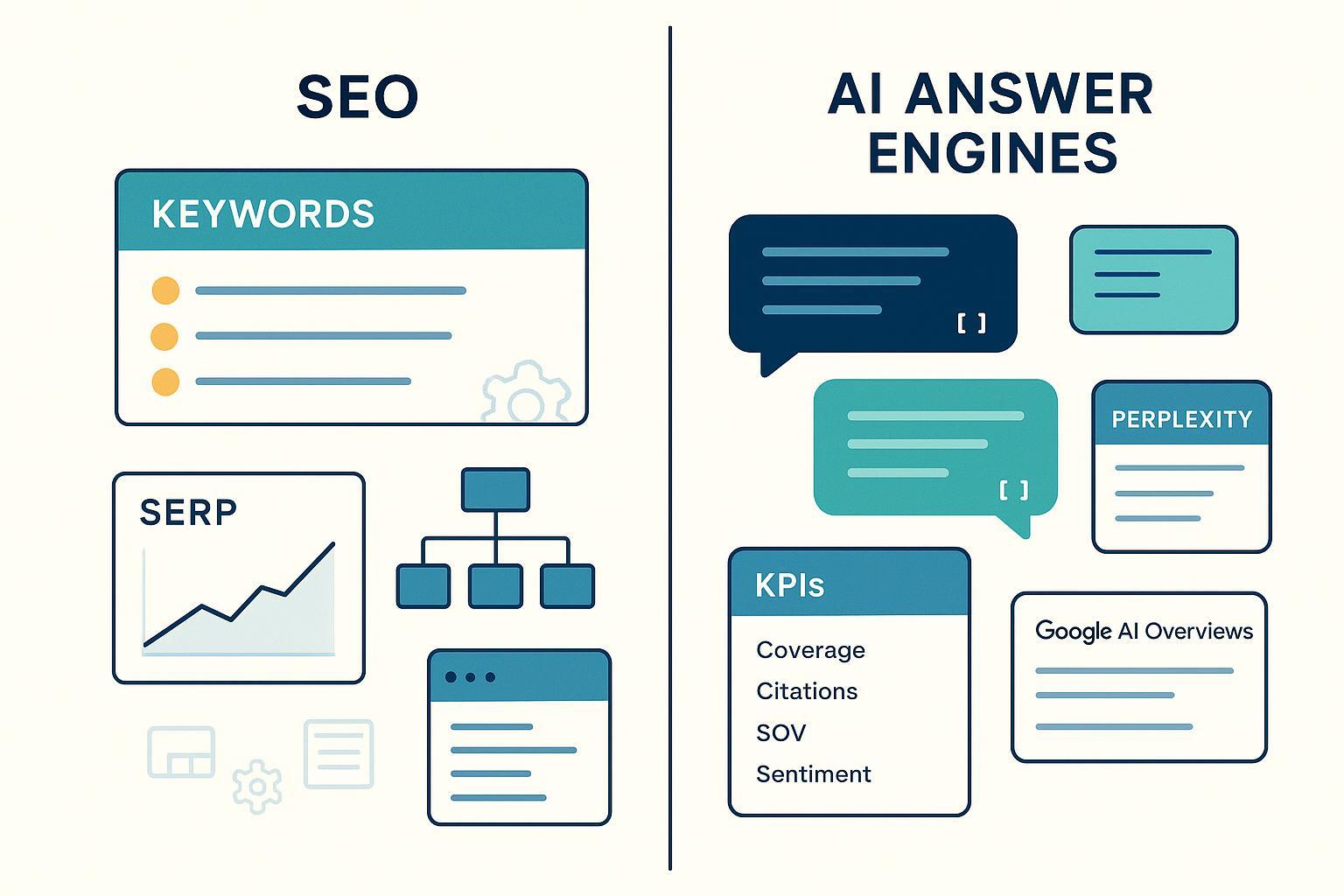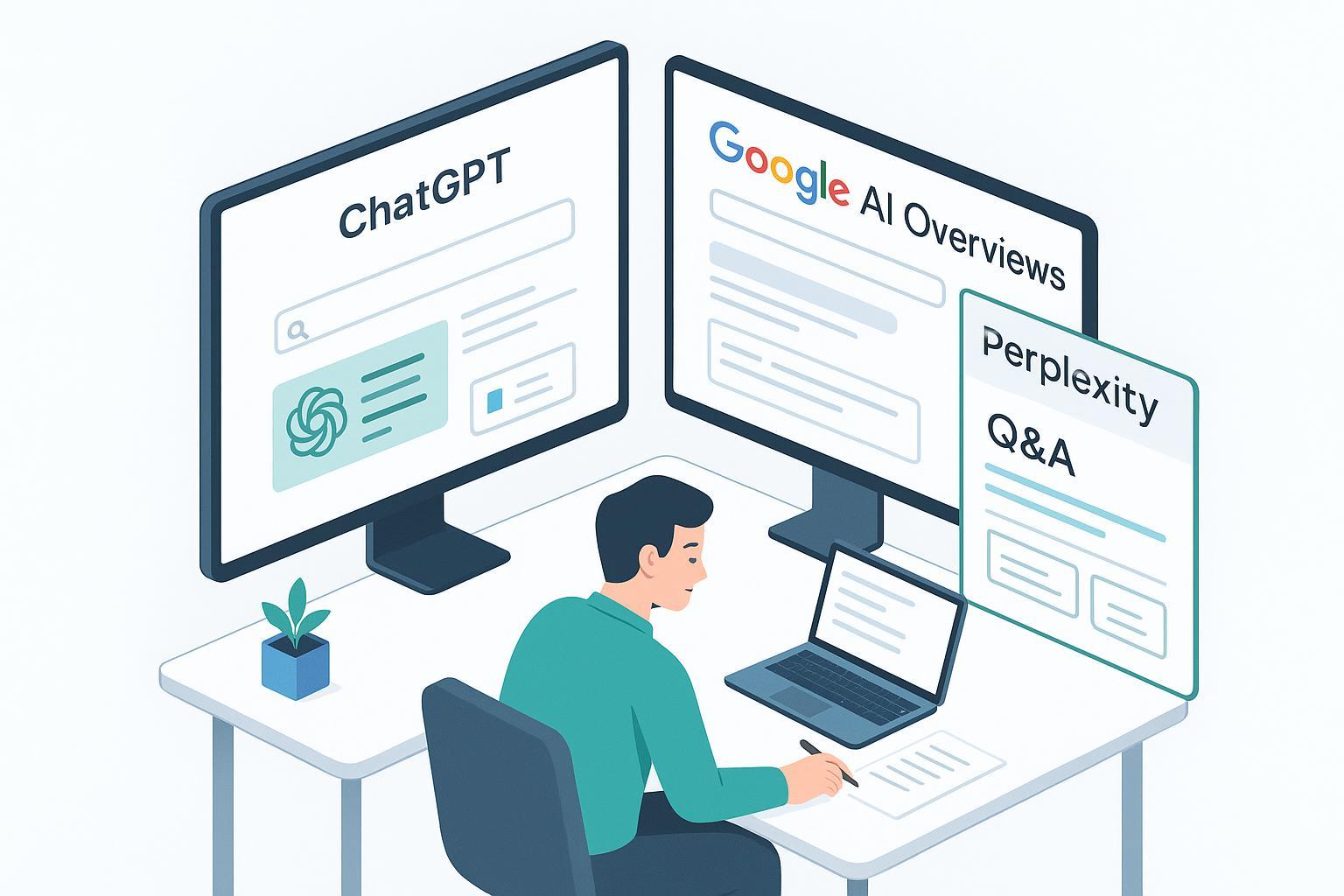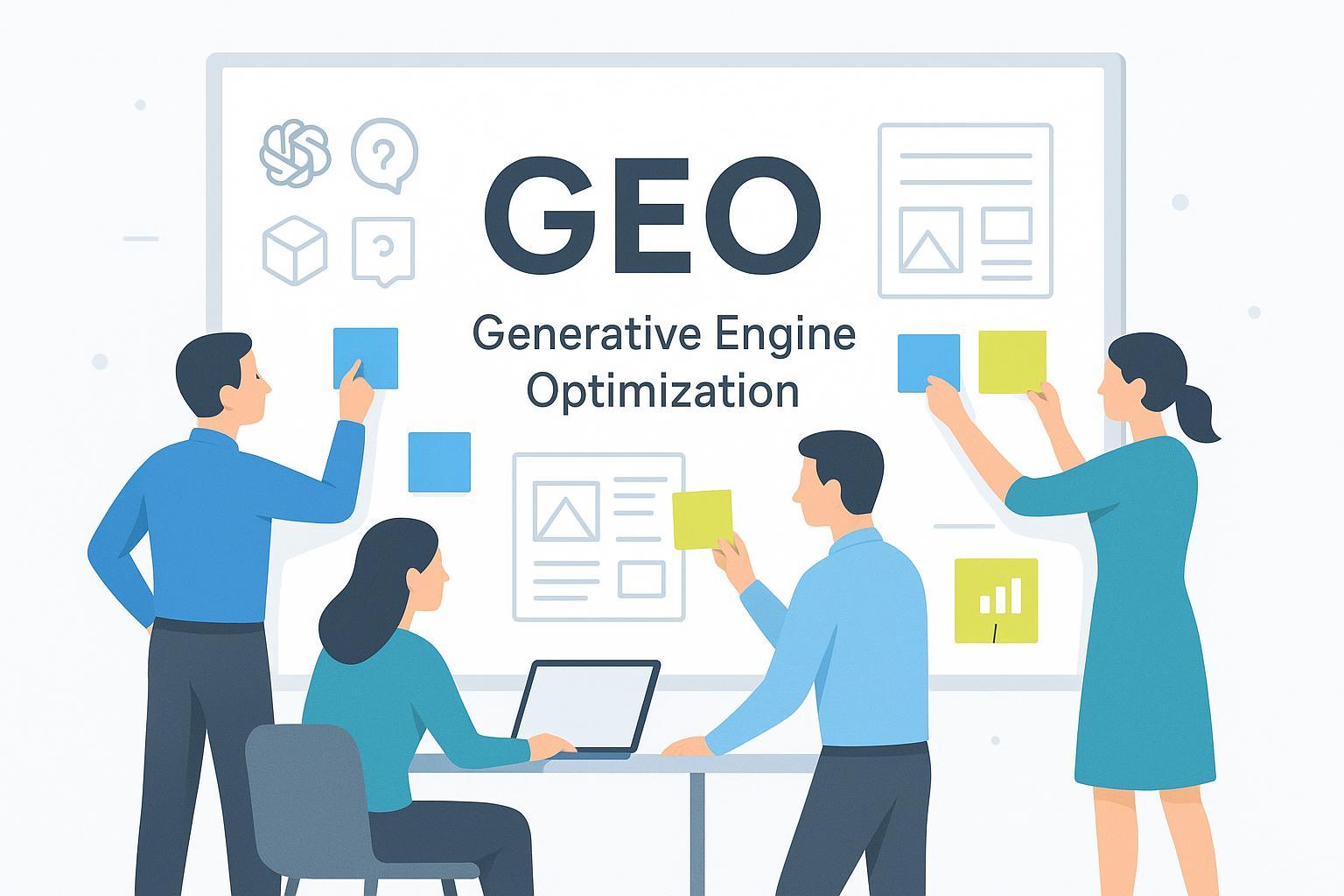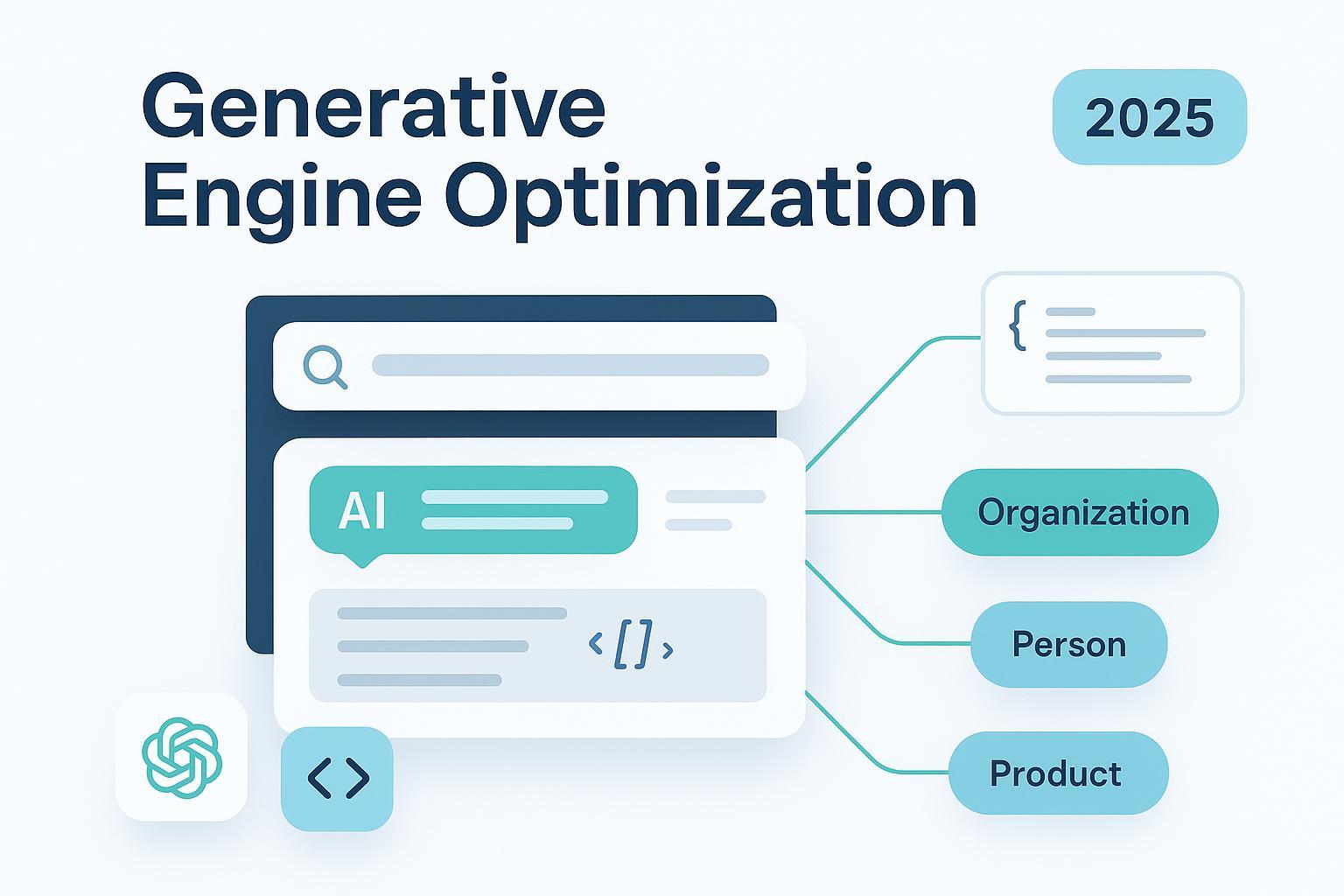How AI Search Systems Choose Citations: Entities & E-E-A-T Explained
Learn how AI search engines select citations using entities, evidence, and E-E-A-T. Get actionable tips to boost your brand’s visibility in AI-powered search.
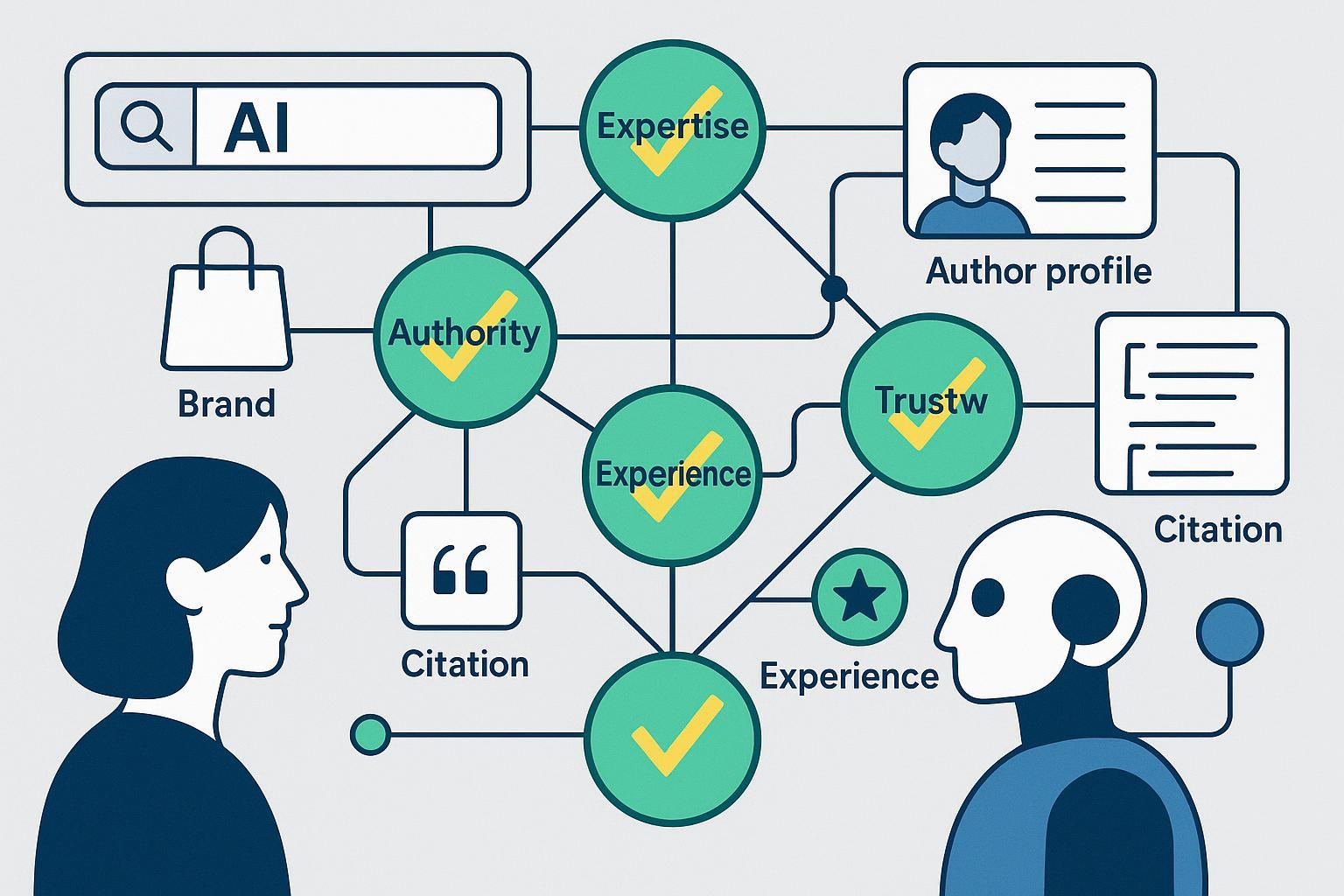
Introduction: The Citation Revolution in AI Search (2025)
You might wonder, when an AI search tool gives you an answer and cites a source, how does it decide what to reference? The answer has sweeping implications—especially for marketers, digital brands, and anyone seeking visibility in an era where AI overviews and chat search increasingly shape online discovery.
Unlike classic search engines, which used backlinks and keywords, today’s AI search engines—think Google AI Overviews, Perplexity, Bing Copilot, Gemini, and the latest GPT-4o—decide citations based on a tapestry of concepts: entities (the "who/what"), concrete evidence (the "why"), and the E-E-A-T criteria: Experience, Expertise, Authoritativeness, Trustworthiness. Understanding this modern logic is the key to earning a spot in AI-generated answers, driving not only traffic but also reputation and business outcomes in 2025’s digital landscape.
How AI Search Systems Choose Citations: What’s Under the Hood?
Think of today’s AI search as a hyper-efficient librarian—one that scans not just for keyword matches, but the most credible, entity-rich, and factually robust sources for each answer it writes. Here’s how that works step by step:
1. Entity Recognition: Beyond Keywords to "Who" and "What"
Instead of simply matching words, AI engines first map the key entities relevant to a user’s question. Entities are clear, uniquely defined people, brands, products, or concepts. For example, if a user asks, “What is E-E-A-T in SEO?”, the system identifies entities like Google, E-E-A-T, and SEO, making sure it’s referencing true experts or brand authorities (Passionfruit, 2025 Science of Citation Optimization).
2. Evidence Extraction: Surfacing Structured, Verifiable Proof
The AI scans documents, websites, and datasets for explicit evidence—think verified facts, statistics, certifications, and user reviews rather than vague claims. Well-structured answers (Q&A, numbered lists, clear tables) and data-backed statements are heavily favored. LLMs (like GPT-4o) may use their internal knowledge, but hybrid models (Perplexity, Bing, GPT-4o web search) also run real-time web searches to source up-to-date evidence (Exposure Ninja, 2025 AI Search Optimisation).
3. Schema Markup and Knowledge Graphs: Making Authority Machine-Readable
Technical signals matter. Schema markup (like FAQ, Author, ClaimReview) and structured data help AI engines understand the relationships between entities—connecting pieces of information into a knowledge network. Knowledge graphs further organize these relationships, making it easier for AI to trace entity credentials and authority(LearningSEO, 2025 Optimize for AI Search).
4. Passage Retrieval, Ranking, and Evidence Scoring
AI engines break down web content into “passages” or bites. Each one is scored for semantic relevance, authority, clarity, and contextual fit. Embedding-based ranking compares each chunk in the context of the query, audience, and intended citation. Only the strongest, best-evidenced content gets cited (Search Engine Land, 2025 Generative AI KPIs).
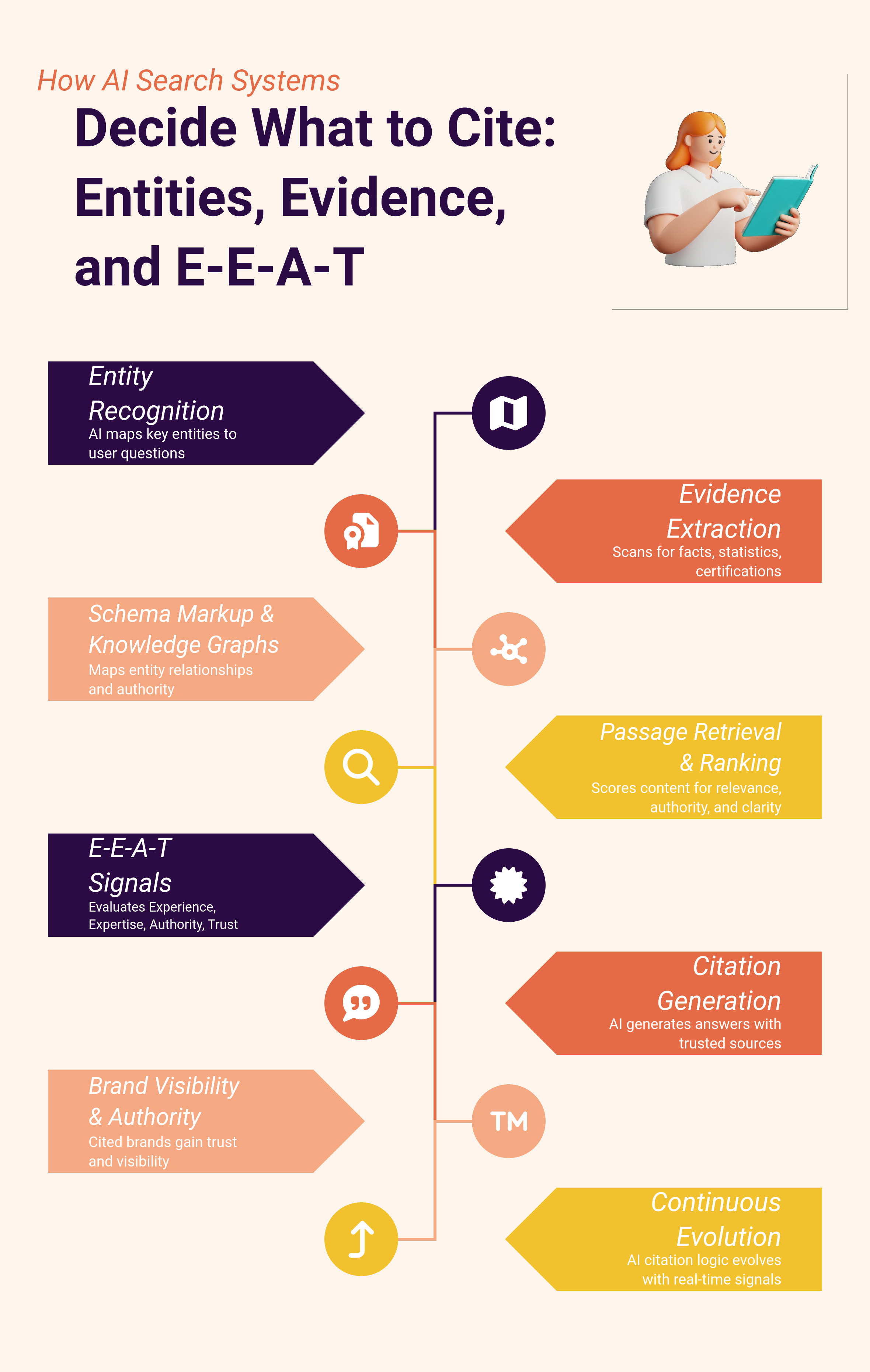
5. E-E-A-T: The New Era of Trust Signals
Citations in AI search rarely happen without explicit E-E-A-T markers:
Experience: Is the content created by someone with demonstrable first-hand knowledge?
Expertise: Are relevant certifications, academic/industry background, or historical author credibility evident?
Authoritativeness: Is the brand or author frequently cited elsewhere? Is it a recognized expert in its niche?
Trustworthiness: Are facts verifiable, sources transparent, and content up-to-date?
AI looks for machine-readable signals: author pages with bios, organizational claims verified via schema, original data, and transparent sources (Growth Natives, 2025 AI SEO Trends).
How Leading AI Engines Differ in Citation Behavior
AI search systems are not one-size-fits-all. Their approach to citations and source selection diverges in important ways:
Google AI Overviews (2025):
Emphasis on explicit entity authority and up-to-date, schema-rich content
Strong E-E-A-T alignment and preference for content with machine-verified credentials/experience (Yext, 2025 Google E-E-A-T Visibility)
Perplexity:
Real-time web retrieval across a wide variety of sources; direct, clickable citations
High transparency, with emphasis on richness of evidence, entity clarity, and direct answers
Gemini & Bing Copilot:
Blend of LLM knowledge and real-time retrieval
Surface citations from official docs, brand sites, and platforms with strong schema/data markups
ChatGPT/GPT-4o:
Relies more on internal knowledge but can cite real-time sources if integrated
Prioritizes factual clarity, entity frequency in trusted data, and verifiable E-E-A-T markers
Brand and marketer implication? You must tailor your citation optimization depending on each engine’s technical focus, entity policies, and transparency features. What works for Google Overviews may differ in Perplexity’s interface or Bing Copilot’s hybrid approach (Search Engine Land, 2025 How to Get Cited by AI).
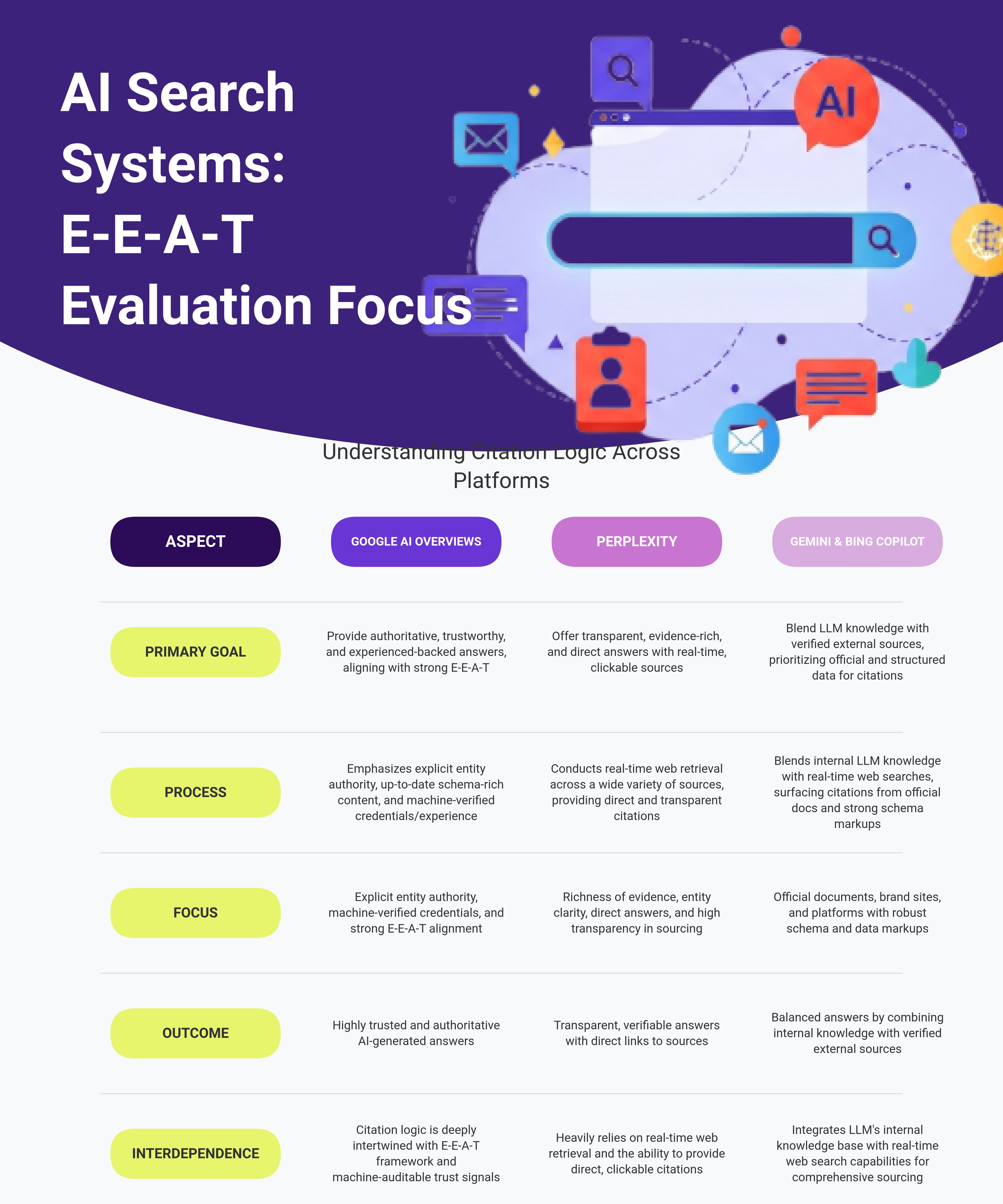
Commercial Impact: Why AI Citations Matter and How to Measure Them
AI search citations are not just about bragging rights—they directly affect brand visibility, consumer trust, lead generation, and even revenue. As more users interact with AI-generated answers or overviews, cited brands enjoy three key advantages:
Visibility: Being cited by AI increases the chances your brand is discovered during zero-click searches—where users never visit the original SERP.
Authority: Citations act as digital word-of-mouth, carrying the weight of an algorithmic endorsement.
Actionability: Many AI platforms now surface clickable citations or brand callouts, directly funneling intent-driven traffic.
What should you measure?
Citation frequency across top AI engines
Context and sentiment of citations
Resulting traffic and conversion lifts
Audience engagement post-citation
Comparative authority versus competitors (Single Grain, 2024-2025 SaaS AI Search Case Studies)
Advanced Playbook: Getting Your Brand Cited by AI in 2025
Here’s your practical checklist—direct from research, case studies, and expert playbooks:
Entity Audit: Ensure your brand, products, and experts are registered as clear entities—use consistent names/titles across the web.
Schema Everywhere: Implement schema (FAQ, Author, Organization, Product) to make authority, freshness, and legitimacy machine-verifiable.
Author Profiles: Add robust, transparent author pages, listing credentials, real-world experience, and references.
Action-Oriented Formats: Structure content in clear answers (Q&A, numbered lists), use data nuggets, cite supporting sources.
E-E-A-T Audit: Regularly review and update for up-to-date expertise, verified claims, user trust signals, and transparent sourcing (TS2 Tech, 2025 SEO & AI).
Monitor Your Citations: Use specialized monitoring tools or manual audits to track your brand’s mentions in AI overviews, chat answers, and summaries.
Platform-Scoped Tactics: Customize optimization for each AI engine based on its citation logic and transparency policy.
You might ask: Isn’t this just classic SEO? Partly—but emphasis has shifted: proof, structured data, and entity authority are now mandatory, not just helpful.
Frequently Asked Questions on AI Citation Logic
Do backlinks and domain authority still matter?
Yes, but less directly. They strengthen your authority as an entity—but AI engines prioritize explicit, structured, and current evidence above raw link counts.
Can my brand get cited in AI overviews if it isn’t a top search result?
Absolutely—if your content displays expert credentials, fresh evidence, and proper schema, you can jump ahead of higher SERP competitors in AI-generated results (Entrepreneur, 2025 AI Brand Citation Strategies).
Will citation logic keep evolving through 2025 and beyond?
Yes. Expect growing transparency, even more emphasis on real-time and machine-auditable trust signals, and increased reliance on cross-platform entity/brand validation (Beeby Clark Meyler, Guide to Content Optimization for AI Search).
Conclusion: Turning Understanding Into Action
The age of AI search is changing the rules: to be cited, brands must become more than visible—they must be verifiable, entity-rich, and demonstrably trustworthy. Every step you take now to structure, clarify, and certify your content increases your odds of being referenced in AI answers, driving measurable business results in 2025 and beyond.
Quick-Action Checklist:
Audit your entities and author credibility
Add structured schema everywhere possible
Provide clear, evidence-backed answers
Monitor your citations and update regularly
Tailor for each engine’s citation quirks
Master these strategies—and watch your brand’s influence in AI search soar.

